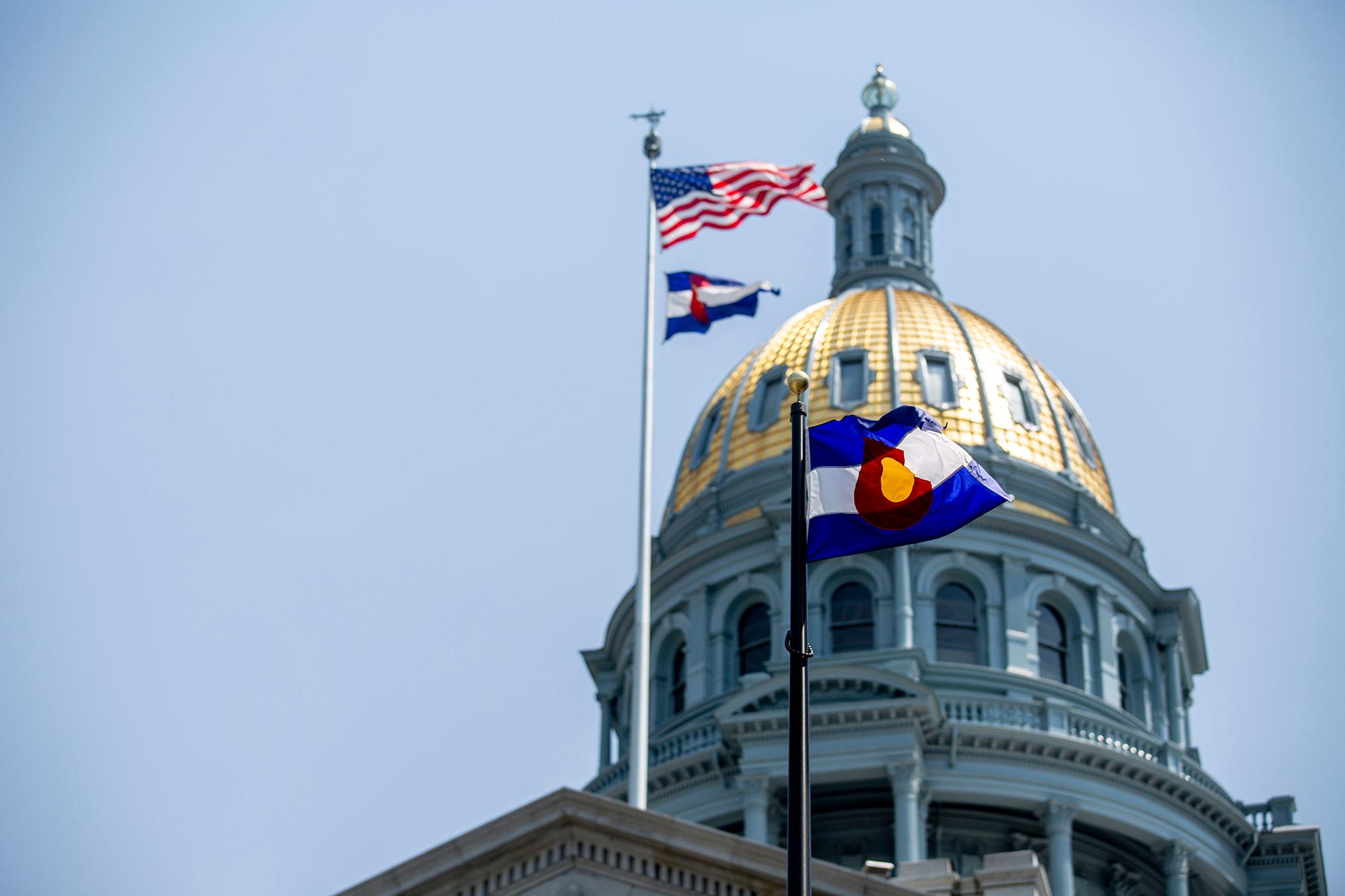
Colorado’s government is expected to pay another round of TABOR refunds early next year, state officials confirmed on Thursday.
This follows big checks the state mailed to households in August.
Unlike those recent payouts, next year’s refunds will vary depending on how much people earn. The next refunds will range from $160 for the lowest-income taxpayers to $506 for the wealthiest, according to state legislative analysts. Joint filers can collect double those amounts.
The state expects to pay the refunds as people file their 2022 taxes, which are due on April 18, 2023, according to Democratic state Sen. Chris Hansen, co-chair of the Joint Budget Committee.
This next round of refunds likely won't be mailed out as special "Colorado Cashback" checks, though. Instead, taxpayers will simply pay less on their state tax return, or they'll get a larger overall tax refund check if they don't owe any state taxes.
| Income range | Refund for single filer | Refund for joint filer |
| Up to $48,000 | $160 | $320 |
| $48,001 to $95,000 | $214 | $428 |
| $95,001 to $150,000 | $246 | $492 |
| $150,001 to $209,000 | $293 | $586 |
| $209,001 to $266,000 | $315 | $630 |
| $266,001 and higher | $506 | $1,012 |
The refunds are the result of rapid growth of the state’s economy and, therefore, the taxes collected by the government.
Colorado’s Taxpayer Bill of Rights sets limits on how much money the government can keep and spend each year. When revenues exceed those limits, it has to pay money back to taxpayers in different forms.
The refunds are not a surprise: State forecasters have been saying for months that revenue collections have been exceptionally strong since the pandemic caused a brief recession. But the expected refunds were confirmed again in the latest updates from legislative analysts and the governor’s administration.
The state has already paid out sizable rebates this year.
The previous round of refunds happened just a few months ago after Gov. Jared Polis and state lawmakers moved up the timeline and changed the formula for payouts.
For that round, the state mailed checks totaling $750 for single filers or $1,500 for couples.
But even that payout, totaling $2.7 billion, wasn’t enough to meet the requirements of TABOR this year.
The next round of refunds will be smaller, totaling about $816 million. And they’ll return to the state’s old model: If you make more money, you’ll get a bigger refund, since you presumably paid more taxes.
The state’s revenues grew at historic rates in the most recent fiscal year, which ended in June. Revenues were up almost 24 percent over the previous year.
It’s the fastest growth rate for tax revenues in at least 47 years, driven by historic increases in income and sales tax payments. The tax rates have not increased, but taxpayers have paid more money because they are selling more goods or collecting more income.
Refunds may keep coming for a few more years.
In all, the state will pay back about $3.9 billion from the most recent fiscal year, including the $750 checks, the upcoming round of refunds and other mechanisms.
TABOR refunds are expected to continue in various forms through tax year 2025 — including direct refunds, temporary reductions in income taxes, and property tax discounts for seniors and veterans with disabilities.
But the refund amounts won’t be as high in future years, according to state legislative forecasters. Next year’s TABOR refunds might shrink to a total of about $3.6 billion and then fall below $2 billion in future years.
Despite paying the refunds, the state’s in a relatively strong financial position for now, with more than $3.1 billion in savings. That’s nearly double the legal requirement.
But the strong budget years aren’t expected to last forever.
“While the labor market continues its strong recovery, high inflation and tightening monetary conditions are expected to dampen economic growth for the US and Colorado,” the governor’s Office of State Planning and Budgeting report stated.
It continued: “Consumer and corporate spending are projected to be a further drag on growth in 2023, as high prices and rising interest rates curb consumption. Falling corporate investment is expected to shrink labor demand to just above labor supply in 2023, pulling down wage growth to more historical norms.”
Other risks include the potential for a “steep housing market correction, geopolitical uncertainty and trade disruptions,” though they could be balanced by lower energy prices and stabilized supply chains, according to legislative analysts.
Overall, the “risk of near-term recession continues to escalate” the legislative analysts wrote.
Meanwhile, state spending is growing, too — which, combined with the limits of TABOR and fluctuations in revenue, could create a budget pinch in the years ahead.
Additionally, future refunds could be affected by ballot measures, or by legislative action.
For example, voters this November will decide whether to approve Proposition 123. The measure would set aside hundreds of millions of dollars, reducing future refunds and instead spending that money on affordable housing.








